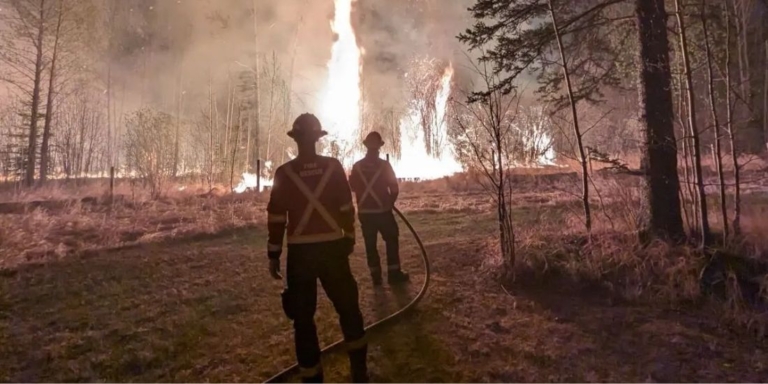Remember the Alberta Advantage when people once flocked to Alberta for high living standards and fat wages?
The Government of Alberta still touts the “Advantage” on its website, stating, “We lead the country in job creation in high-earning positions across different sectors of our economy. In turn, we’re making life more affordable and enjoyable for all people living in Alberta.”
Still, a new report titled Alberta’s Disappearing Advantage says the shine is starting to fade.
The Report authored by economist Jim Stanford shows that Alberta is falling behind the rest of Canada in wages, salaries, and buying power.
Say what?
Falling Behind?
Hourly wages in Alberta grew two percent per year between 2018 and 2023, trailing the national average of 3.4 percent annually.
Across Canada, minimum wages increased by an average of 25 percent between 2018 and 2023.
But not in Alberta.
Alberta once had the highest minimum wage in Canada at $15 per hour.
That was 2018.
The problem is that since then, the minimum wage here has stagnated.
Our province now has the 2nd lowest minimum wage in the country after Saskatchewan.
The drop from first to the bottom is terrible news for working people on the lower end of the wage scale.
According to Statistics Canada’s March statistics, Alberta had the highest year-over-year inflation of all provinces and territories.
Everything is more expensive.
According to the Bank of Canada, a basket of stuff that cost $100 in 2018 will now cost $120.


What Does This All Mean?
The answer is simple.
Albertans will have to work harder to buy the same amount of groceries, clothing and services as they did six years ago.
Food prices in Alberta, in particular, have jumped 27 percent in five years, equal to the national inflation rate.
Over the same time, housing costs soared 22 percent, which was also in line with the national average.
However, Stanford says rents are rising faster in Alberta than in any other province.
According to Statistics Canada’s April 2024 Consumer Price Index, rent prices in Canada rose 8.3 percent year over year in April. Alberta almost doubled the Canadian rate, with the largest increase of all provinces at 16.2 percent.
“We’ve gathered the data that shows the real purchasing power of an hour’s work in Alberta’s economy has fallen by 10 percent over the last 10 years. Whether the times were good or bad, whether the oil price was up or down, real wages have been falling and falling steadily,” Stanford said at a media event following the report’s release.
In addition, job creation in Alberta has not kept up with the province’s faster-than-national average population growth of 10 percent over the past five years.
Alberta’s employment rate has fallen by 1.6 percent since 2018, while its unemployment rate has been a percentage point higher than the national average over the past five years and continues to climb.
The report, commissioned by the Alberta Federation of Labour, contradicts some commonly held claims that Alberta’s lack of red tape, corporate tax cuts, and low wages create a business-friendly investment environment.
For instance, in an emailed statement to Global News, a spokesperson for Alberta’s Ministry of Jobs, Economy and Trade said, “Alberta has the fastest growing economy, pays some of the highest wages in Canada, has the lowest taxes, and is a beautiful place to live, work, and raise a family. With the highest basic personal amount and no sales tax, Albertans get to keep more of what they earn, adding to Alberta’s relative cost of living advantages.”
The evidence “suggests the opposite: business capital spending has been historically weak, and by some measures, the weakest of any province,” writes Stanford in the report.
And while corporate profits balloon, many workers are falling farther behind.
“It’s clear from this report that the Alberta advantage is dead, and the UCP government killed it,” said Gil McGowan, president of the Alberta Federation of Labour.
Stanford concludes the report with a recommendation.
“Redressing the erosion of real wages and living standards for Alberta workers and their families will require a complete about-face by the provincial government – starting with a recognition that higher wages are a sign of success to be celebrated, not a danger to be kept down.”
Maybe it’s time for the Alberta government to update its Alberta Advantage webpage with a simple three-letter edit: “dis.”








